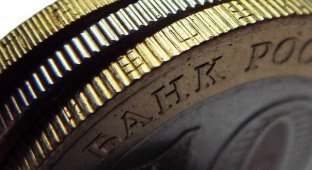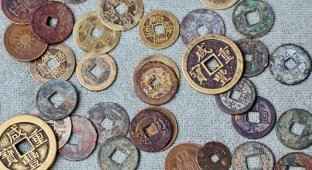Why do Danish and Norwegian coins have holes in the center (5 photos)
They look like they've been shot at. 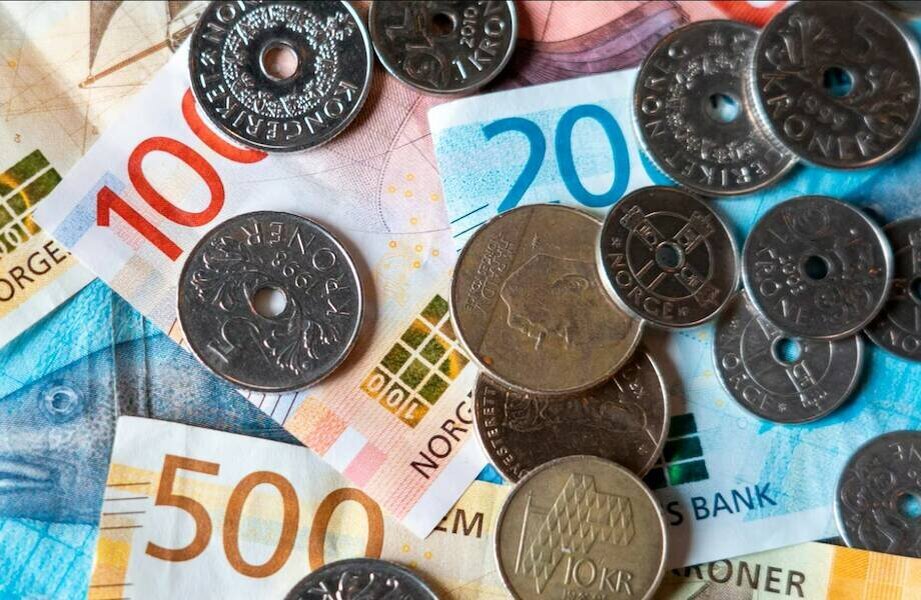
We told you about luminous bills and other unusual money that is used today. In Denmark and Norway, unusual coins are also in use: they look as if they were shot by a sharp shooter. But of course, in fact, the hole in the center of the coin has a completely logical justification, which we will talk about today.
The legend of the hole and the Chinese trace
In Norway there is even a legend about how coins with holes appeared. The fact is that the holes were needed for convenience: coins could be strung on a rope and worn around the neck. This is exactly how many Norwegians used to walk.
But in fact, Western European countries most likely borrowed this idea from Asians. The first coins with holes appeared in Ancient China: the Chinese actually carried money in bundles. The holes on Chinese coins were round and square. Basically, such coins were minted from bronze and had a low denomination. Often tens and even hundreds of coins were involved in the calculations, so for the convenience of calculations they were linked together. This tradition spread throughout Asia. 
The Europeans who colonized the territories of modern Thailand, Vietnam and other countries borrowed the idea of coins with holes. This made it easier to distinguish between money circulation: coins intended for payments in Asia were minted with holes, and for payments in Europe - without. 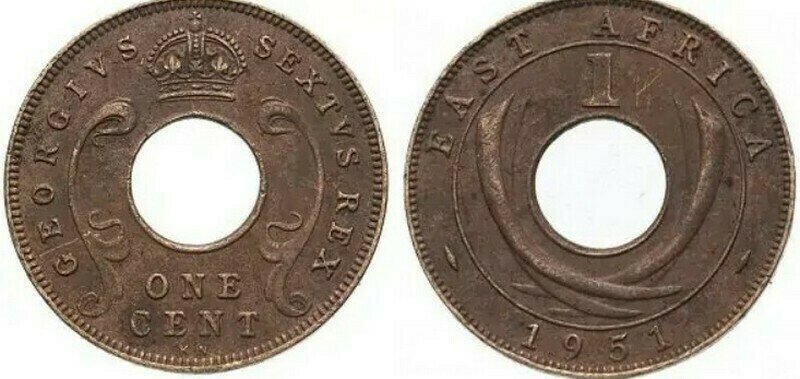
One cent from East Africa, a former British colony. Photo: monetnik.ru
This made it possible to track the cash flow: the coins that were in use in the metropolis were different from the coins of the colonies.
Help for the visually impaired
However, it is not only a matter of tradition: there is also a practical rationale for the holes on coins that guide modern countries. Usually the coins have a small denomination, and the holes are made so that they can be distinguished from each other. 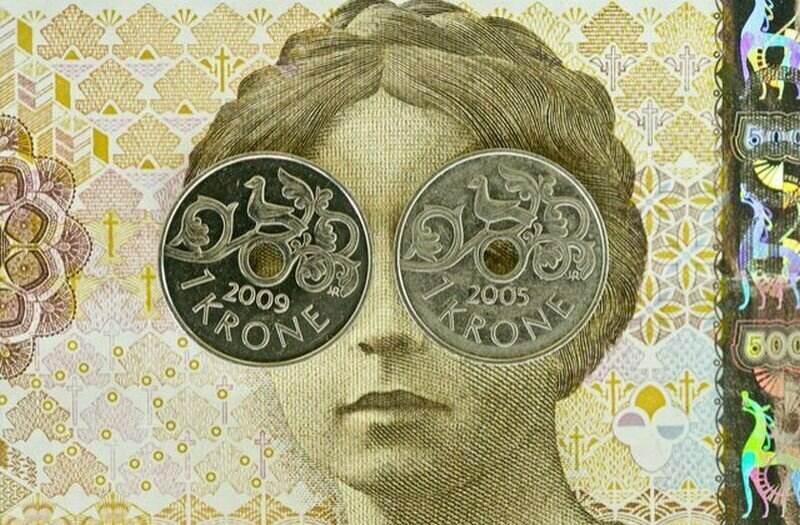
This especially makes life easier for visually impaired people: coins differ not only in size, but also in the presence of a hole. Thus, in Norway, coins are issued in four denominations: 1, 5, 10 and 20 kroner; one and five kroner have holes in the center. In Denmark there are more coins with holes: these are 1, 2 and 5 kroner. The Danes, by the way, make coins different not only in size, but also in color: and this is definitely a tribute to tradition. Thus, in ancient times, the lowest denomination coins were made of bronze, medium denomination money was made of silver, and gold was used for the highest denomination coins. 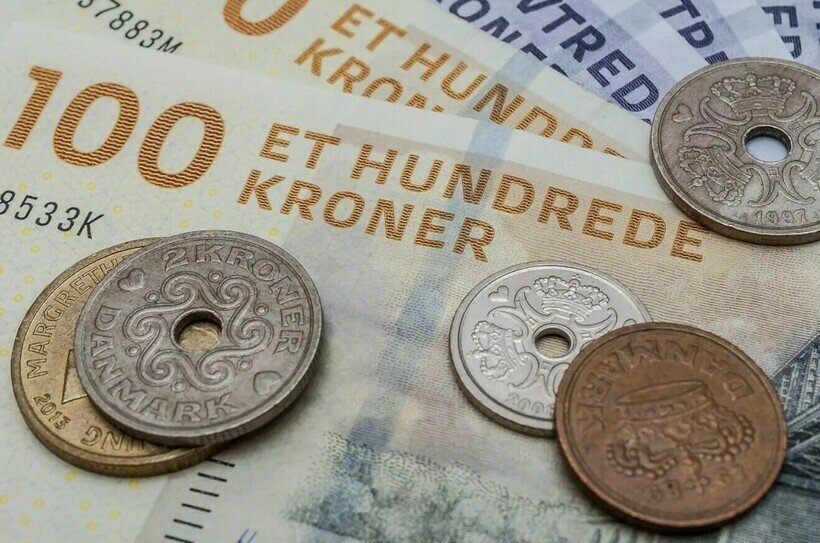
It is because of this that Denmark has coins in bronze, silver and gold, but of course they are now made from different alloys.












